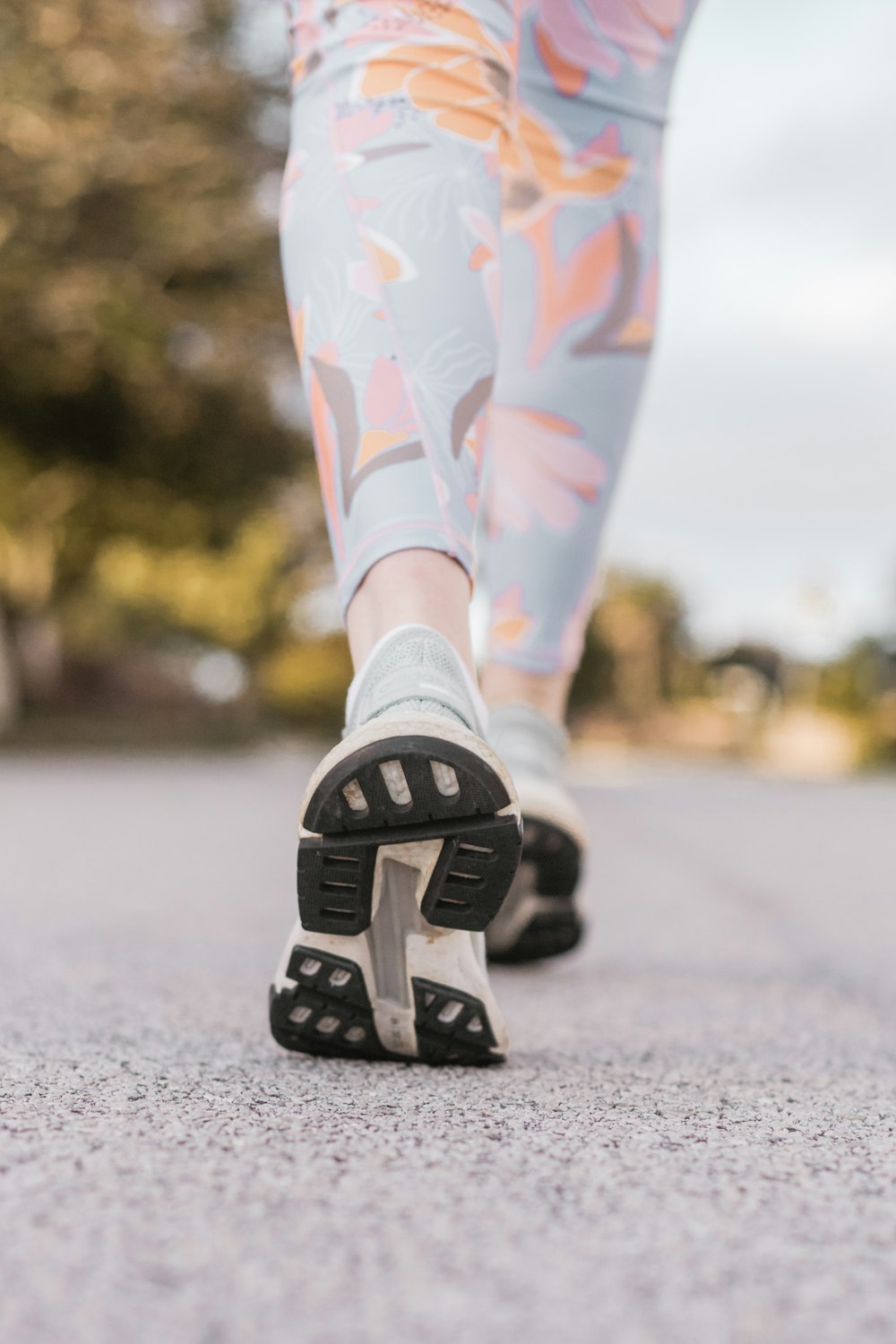Published 23:29 IST, May 17th 2024
Running might be more effective for rapid calorie burning and weight loss, but walking offers significant health benefits and is more accessible.
Advertisement
When it comes to cardiovascular exercise, both walking and running stand out as excellent options. Determining which is better for your health depends on your individual fitness goals and personal preferences.
Health benefits of cardio
Walking and running are both aerobic exercises, offering similar cardiovascular benefits. Regular cardio exercise can:
Advertisement
Aid in weight loss or maintenance
Increase stamina
Boost the immune system
Help manage chronic conditions
Strengthen the heart
Potentially extend your lifespan
Calories Burned: Running vs. Walking
Running typically burns more calories than walking. For instance, a person weighing 160 pounds burns about 606 calories per hour running at 5 mph. In contrast, walking briskly at 3.5 mph burns around 314 calories per hour for the same individual. Given that burning 3,500 calories equates to losing one pound, running might be more effective for weight loss.
Advertisement
However, walking is a great starting point for beginners or those unable to run. It is accessible to almost all fitness levels and can significantly boost heart health and overall energy.

Speed and power walking
Speed walking, which is walking briskly at 3 mph or greater, raises your heart rate and burns more calories than walking at a normal pace. Power walking, typically between 3 mph and 5 mph, can even reach speeds of 7 to 10 mph, burning a similar number of calories as jogging. For instance, power walking at 4.5 mph for an hour burns the same number of calories as jogging at the same speed.
Advertisement
Incorporating pace training into your routine can make speed walking more effective. This involves alternating between faster and slower speeds to elevate your heart rate and improve aerobic fitness.

Weighted vests and interval walking
Using a weighted vest while walking can increase the number of calories burned. For safety, ensure the vest's weight is between 5 and 10 percent of your body weight. Interval walking, which involves alternating between fast and slow speeds, can also be an effective method for weight loss and muscle toning. Alternatively, walking with light dumbbells can add resistance and boost calorie burn.
Advertisement
Incline walking
Walking on an incline, such as uphill or on a treadmill set to an incline, can burn a similar number of calories as running. The steeper the incline, the more calories you'll burn compared to walking on a flat surface. Gradually increasing the incline can help you adapt to this more strenuous form of walking.
Ultimately, the best exercise for you depends on your specific health goals and physical condition. Running might be more effective for rapid calorie burning and weight loss, but walking offers significant health benefits and is more accessible. Both activities can be tailored to fit individual fitness levels and preferences, making them valuable components of a healthy lifestyle.
Advertisement
23:29 IST, May 17th 2024